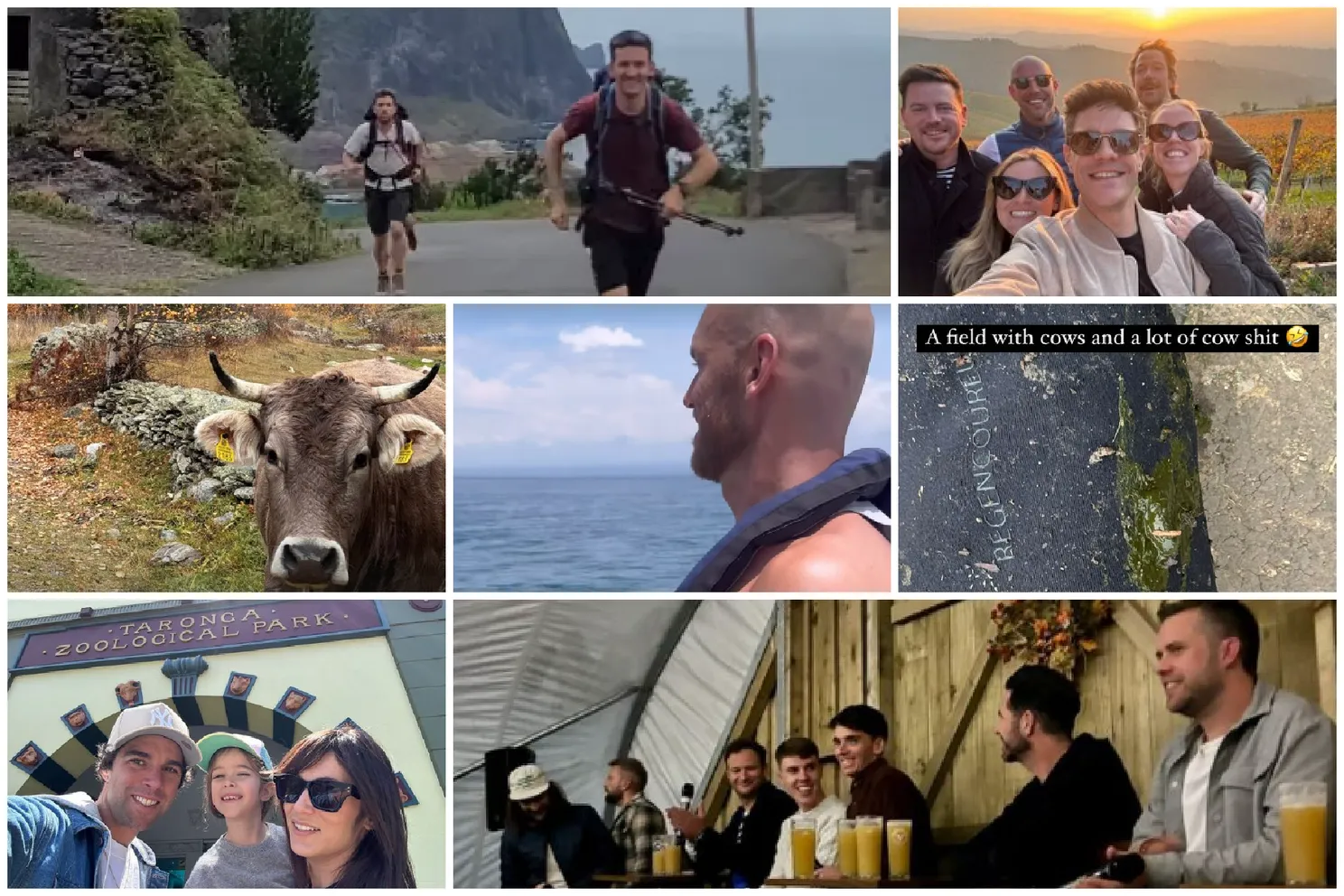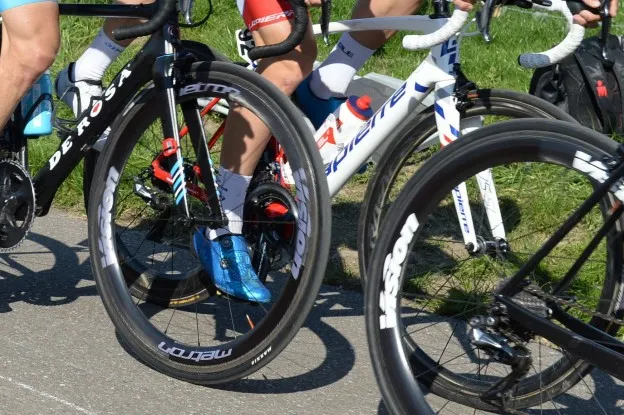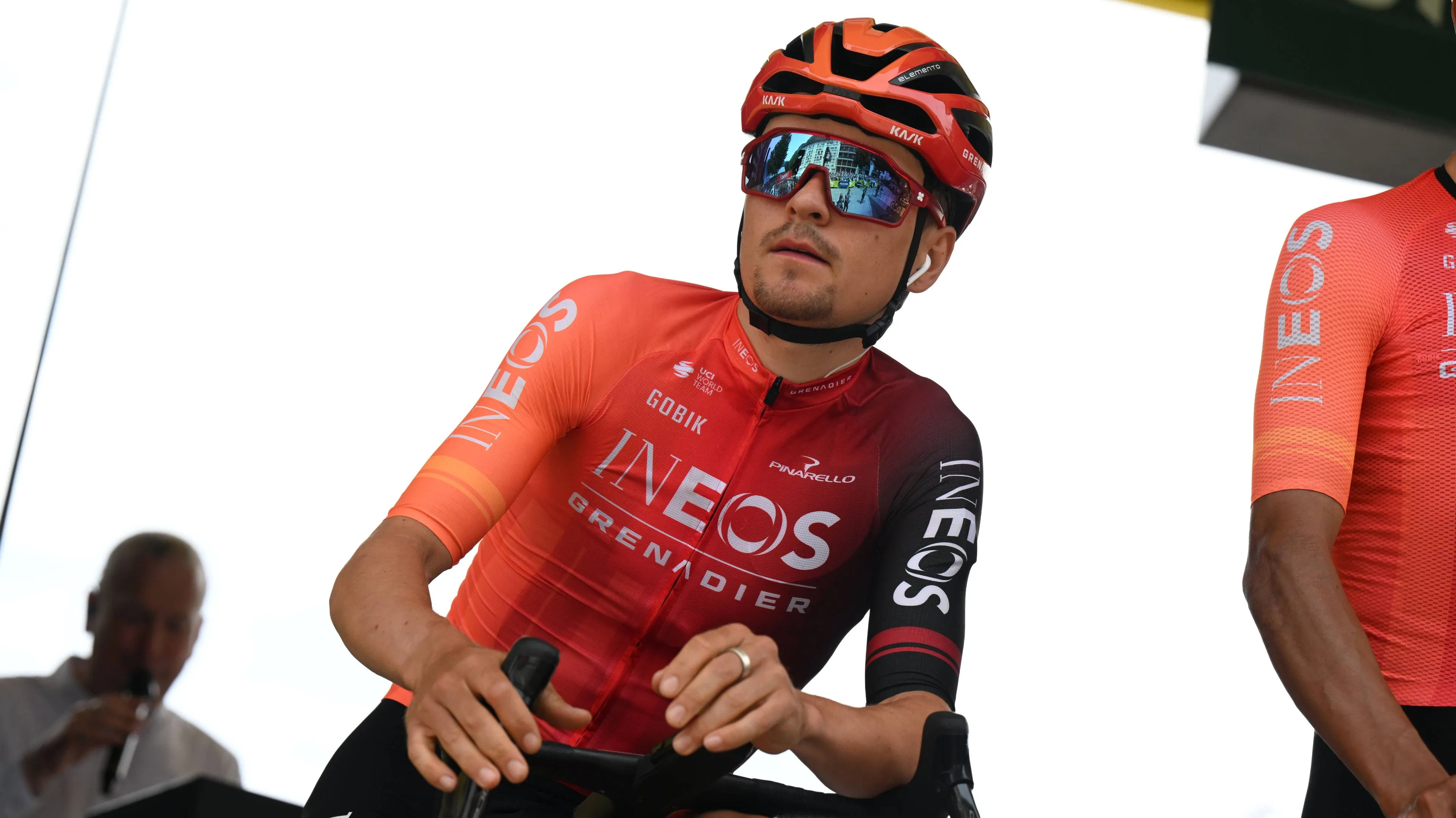Robert Gesink: thanks to his experience, Jumbo and Visma quickly climbed the ladder
CyclingSaturday, 09 November 2024 at 17:17
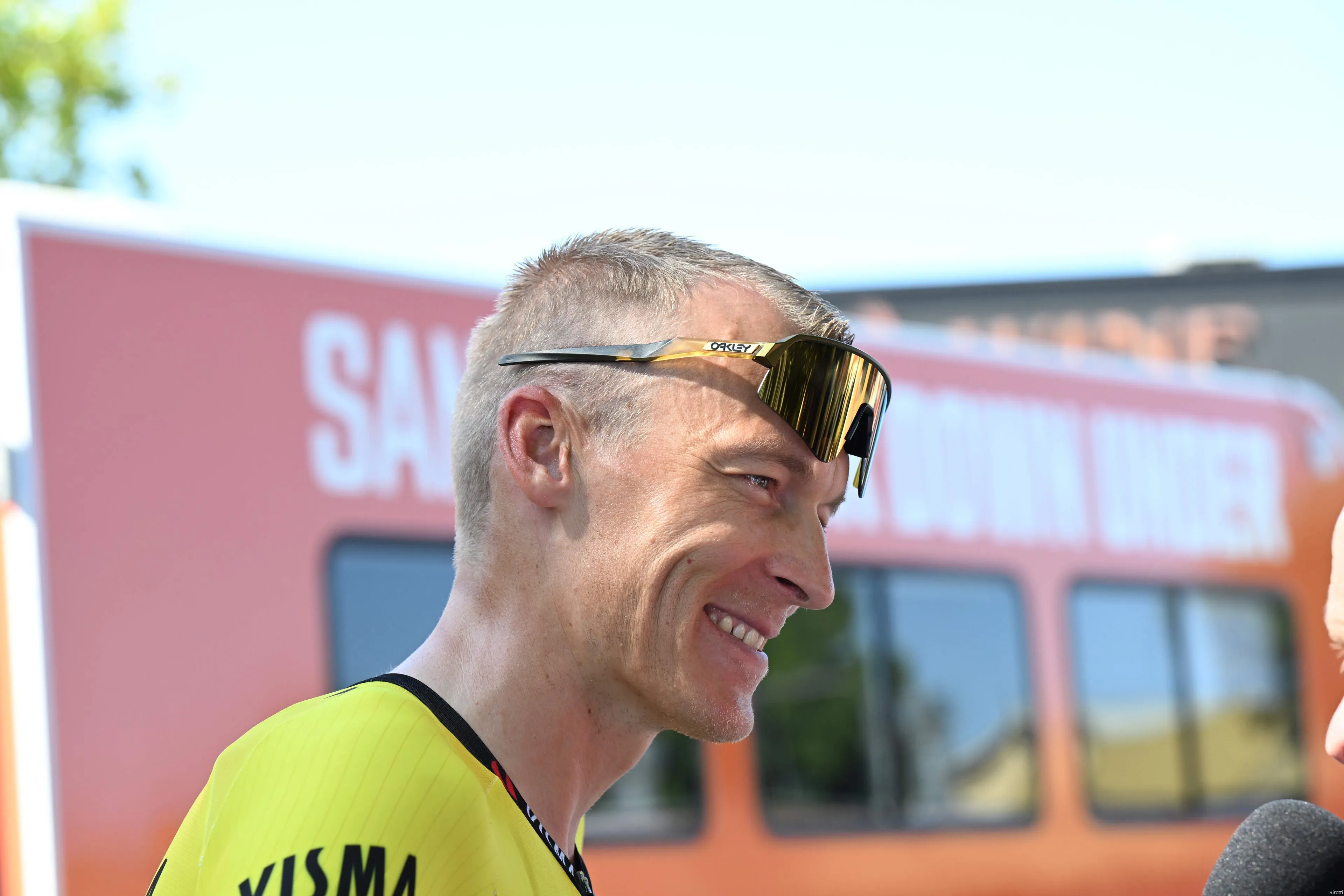
Every year in our Retired series, we feature riders who have retired after the end of the cycling season. In the case of Robert Gesink, one article is not enough because where do you start and end by paying tribute to the career of the man who gave so much to the Netherlands and Visma | Lease a Bike? Well, let's try.
Gesink was born on May 31, 1986, in Varsseveld, the Netherlands. In his early years, that village was mainly known for Guus Hiddink, who was also born there and won the European Cup I with PSV. As a baby and toddler, the young Gesink had little to do with it, but at a later age, he quickly realized that he was more of a boy of endurance rather than ball games.
And so he got into cycling, thanks in part to his father. He bought his son a mountain bike, which he became devoted to. When he was twelve, Gesink started riding for De Peddelaars in Aalten, where he would later live. From that moment on, it went fast, with Dutch cycling in the Boogerd/Dekker years and Gesink's career.
Gesink's first mentionable results came together in 2003 and 2004 when he won the final stage of the Peace Race, the Dutch junior time trial championship, the final stage of the Tour de Pays de Vard, and the Circuit de Wallonie. In addition, at the World Championships in Italy, he finished among the top ten in both the road and time trials.
It earned him a contract for 2005 with Team Löwik Meubelen - Van Losser Installatiegroep, the formation of Han Vaanhold. There, he continued his progress, and finally, after much deliberation - and sponsorship problems with Vaanhold's team - he decided to step to the 'big' Rabobank for 2006 but to join the development team.
The then 19-year-old immediately got off to a flying start, finishing third in the Tour of the Algarve. A stage win in the Settimana Ciclista Lombarde, fourth place in Rund um Köln, and even seventh place in the Tour of Flanders for U23 - a race he would never ride with the pros - only confirmed his talent, which only got more attention in the second half of 2006.
This was due to his victory in the highly regarded Circuito Montanes, but especially his second place in the Tour de l'Avenir at the beginning of September. There, the Dutchman had only to accept Moises Duenes in front of him, who was five years older and already racing for the pro-continental Agritubel. After that, he ended the season with sixth place in the World Championship.
Read more below the photo!
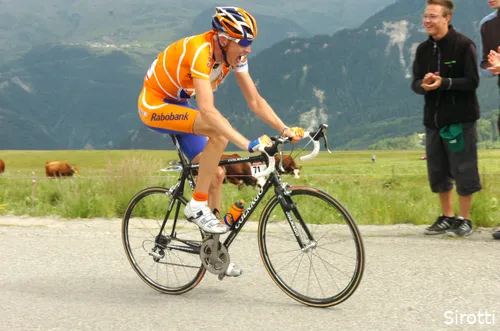
Gesink immediately secures his place among the pros
Rabobank had already negotiated Gesink's transfer to the pro team in 2007. He was on a team with stars like Oscar Freire, Juan Antonio Flecha, Michael Boogerd, Thomas Dekker, Denis Menchov, and Michael Rasmussen. He debuted in February at the Tour of California, along with the latter, immediately winning the youth classification.
It was the beginning of a successful debut year, which was unusual for a youngster in his early twenties. Gesink finished cleverly ninth at the Mur de Huy in the Flèche Wallonne, finished thirteenth in the Tour de Romandie, won a stage in the Tour of Belgium, and, after all the Rasmussen in/out of Tour hullabaloo, provided a breath of fresh air in the fall with a fourth-place finish in the Tour of Germany and a second-place finish in the Tour of Poland. He closed out his first season as a neo-pro with a 15th place in the Tour of Lombardy.
With those performances, Gesink ensured that the Dutch crowds started to expect more of him. Boogerd quit at the end of 2007, putting more pressure on Gesink, the older Thomas Dekker, and the neo-pro Bauke Mollema.
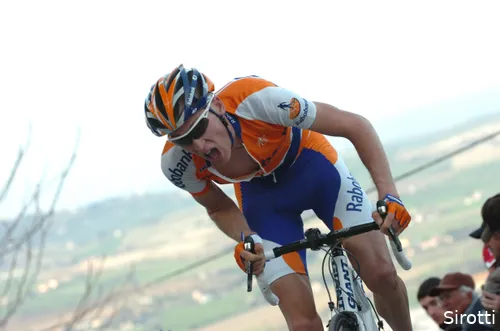
Sensational Gesink in his first pro years
After winning the queen stage in the Tour of California, Gesink also cycled his way into the leader's jersey of Paris-Nice with an impressive performance on the Mont Ventoux - where only Cadel Evans could stay ahead of him - but there the clever Italian Davide Rebellin and Rinaldo Nocentini were finally able to put him in the pack in the final weekend. In Dekker's shadow, Gesink rode an intense Ardennes week, culminating in a fourth-place finish on the Mur de Huy.
Through the Critérium du Dauphiné - again brilliantly forth - the young rider could prepare for his main goals that year: the Beijing Olympics and the Vuelta, his first major tour. He showed his form in China by finishing ninth in the road race and tenth in the time trial. Then, he started the Vuelta in good condition, cycling into the top ten in the second week.
The challenging mountain stages and his territory were yet to come, so Gesink finished fifth place in the GC behind Alberto Contador, Levi Leipheimer, Tour winner Carlos Sastre, and Ezequiel Mosquera. Eventually, he finished in seventh place in Madrid because Spaniards Alejandro Valverde and Joaquim Rodríguez - also no insignificant names - passed him in the climbing time trial on the second-to-last day.
Read more below the photo!

Gesink's first Tour falls apart
All these good results raised the bar for 2009, especially with Dekker's (forced) departure and the approaching Tour de France. Thus, the Dutch public could look forward to seeing an actual climber or GC rider in the Tour de France for the first time in, say, fifteen years.
Gesink had a difficult start to the season, with his performance in the Amstel Gold Race as an example. On the Cauberg, he finished very nicely in the third position, but at the same time, he suffered a muscle tear. Still, with a strong fourth place in Critérium du Dauphiné, he seemed to prepare himself in time for the tour, but that's where disaster struck. Gesink fell hard on stage five, lost a lot of time, and could not continue with a broken wrist.
As so often, he immediately shifted his mind, with the Vuelta as his new goal. He rode onto the virtual podium after a week, keeping leader Valverde constantly in sight. After eighteen days of the Vuelta, the difference was still only 32 seconds, but that exciting apotheosis unfortunately did not come: Gesink crashed, injured himself, and would eventually finish the Vuelta in sixth place, 6.40 minutes behind Valverde. A few weeks later, he concluded his year with a victory in the Giro dell'Emilia and sixth place in the Tour of Lombardy.
Read more below the photo!
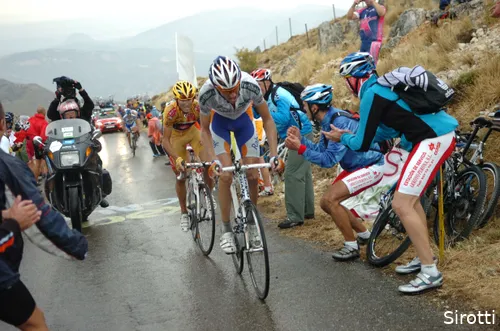
Gesink shows himself in Tour de France despite setback
Because of that Vuelta, the Dutch cycling public again had great confidence in a joyous reunion between the Tour and Gesink, whose good performance in the spring of 2010 inspired it. He was impressed in Tirreno-Adriatico, the Tour of the Basque Country, and only had to relinquish the lead on the second-to-last day of the Tour of Switzerland after a win in the queen stage. All set for the tour was the general conclusion.
On day three, in the rain-soaked stage toward Spa, he crashed into the asphalt, suffering a tear in his ulna. Gesink endured the pain but ended the first week already minutes behind. In the first mountain stage to Morzine, he showed that he was on the better side with third place. He maintained this level for the remainder of the tour. He finished in sixth place, later increasing to fourth due to the cancellation of winner Alberto Contador and teammate Denis Menchov.
He then disappeared from view for a while, only to re-enter through the big gate in the debut of the Quebec and Montreal Canadian races. The strong rider finished third in Quebec and won Montréal, immediately making him one of the favorites for the Italian fall. He confirmed that status with another win in the Giro dell'Emilia, but disaster struck on the way to the Tour of Lombardy.
Gesink's father, Dick, had suffered a nasty crash during a mountain bike tour in southern Limburg and was in a coma, forcing his still-only 24-year-old son to return home in a hurry. In the weeks that followed, his father was successfully operated on for head and body injuries, but an unexpected infection eventually caused Dick Gesink to die.
Read more below the photo!
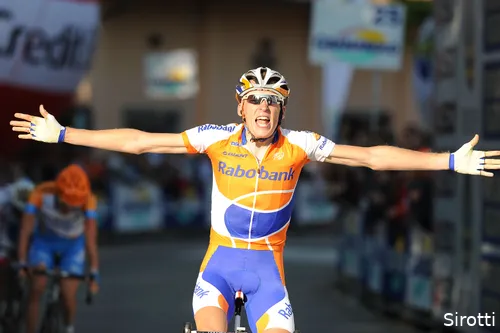
Gesink encounters many setbacks
In the months leading up to 2011, cycling ended up in second place and processing place one. In his first races of that year, he immediately showed how determined he was: after wins in both the queen stage and the GC of the Tour of Oman, a handsome second place in Tirreno-Adriatico, third place in the Tour of the Basque Country, a good Amstel Gold Race, and being among the best three riders uphill in the Critérium du Dauphiné followed.
The Tour de France did not unfold as he had hoped due to a crash on day five. Gesink rode the tour somewhat anonymously but returned strong in Canada once again. Only Philippe Gilbert could keep him from victory in Quebec, but one week before the World Championship, the next setback comes: Gesink breaks his thigh in a crash at practice, one of the last injuries you want as a cyclist.
In February, however, he "just" started racing again as part of his return. In May, with a final victory on the Tour of California, he showed again that he was back at the highest level, then worked his way through Switzerland to prepare for the tour. In France, he was part of the massive crash on day six, eventually leading to an abandonment after 11 stages. He did recover in the Vuelta, though, finishing sixth in the GC. The Rabobank saga occurred in the following months, followed by Blanco and Belkin.
Read more below the photo!
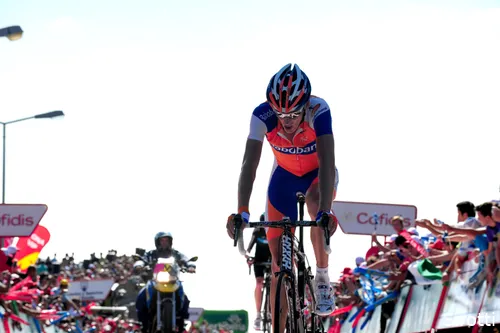
Gesink must overcome years of harship
By early 2013, Gesink was 26 years old, which meant he was no longer regarded as the rising talent he was in 2010. Partly for that reason, he decided to change tack and focus for the first time on that year's Giro d'Italia. This also meant no Ardennes triptych, which was the right choice after one week of racing: Gesink was in third place in the GC. In stage fourteen, however, he dropped away and would eventually drop out of the tour before the final weekend.
Just one month later, he was at the start of the tour for the first time, not as (co-)leader but as super domestique of Bauke Mollema, fourth in the Vuelta the year before. He fulfilled that role well and eventually won that year's GP Quebec.
Gesink then started 2014 for the first time Down Under but suffered a new setback that spring: heart arrhythmia had been bothering him for some time, making surgery necessary and the tour impossible. As a result, he tried again in the Vuelta, where he seemed to be aiming for the top ten. Pregnancy complications with his girlfriend meant that - while he was in seventh place - he was logically more needed at home, and for that reason, he immediately ended his season.
Read more below the photo.
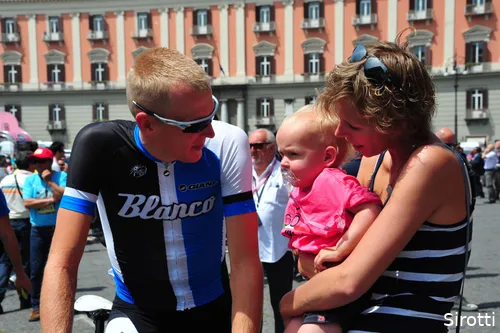
Team Plugge and Zeeman thrive, thanks in part to Gesink
It took - partly due to a knee injury - until mid-2015 before we saw Gesink in all his glory again. Belkin had meanwhile become LottoNL-Jumbo, and the team had a disastrous year in which it had become the laughingstock of the WorldTour. However, after top ten finishes in Switzerland and California, Gesink stood up and worked his way into the top ten of the tour. With a sixth place in the GC, he saved his team's furniture for that season when bosses Plugge and Zeeman also needed it most.
Meanwhile, the famous Sky train had become the norm in the cycling peloton, and Gesink realized that he should go about things differently. Tour successes became his goal for 2016. He was preferably on the tour tour, but a crash in that year's Tour of Switzerland prevented him from starting the French round. Steven Kruijswijk, meanwhile, snatched attention by almost winning the Giro.
Fortunately, there was always the Vuelta, where he embraced his new role. After a second place on the Lagos de Covadonga, he finally took that stage win in a grand tour on day fourteen by successfully taming the Aubisque. Later in that round, he was there twice more, but both times, someone else at the front proved more vital than the revived Gesink.
Read more below the photo!

Gesink falls just short of masterpiece
Of course, the highlight, even in that role, was the Tour de France, the goal for 2017: to win a stage on the most extensive cycling stage in the world. On day eight, a stage to Station des Rousses, he is part of a group of four. From there, the young Frenchman Lilian Calmejane attacks on the final climb, after which Gesink sets off in pursuit. The Dutchman gets to within ten seconds but eventually has to acknowledge his superiority and settle for second place.
One day later, another setback: in a rain-soaked stage, Gesink crashes hard on his back, breaking his spine. The following months are logically the end of the season, as he is put in a corset. Apart from a minor glitch in the 2018 Tour de Catalunya, his real comeback follows in that year's Giro, where he again goes as a stage hijacker. On the final weekend of that tour, he was close again, but Mikel Nieve proved to be the better rider on that grueling stage.
Read more below the photo!
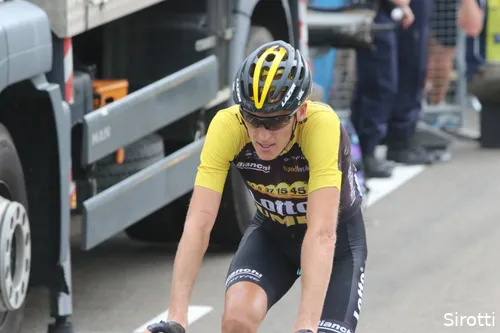
Jumbo-Visma grows, thanks to team player Gesink
Revival two in Gesink's career followed in July of that year when the approach of the renewed LottoNL-Jumbo began to pay off. With Primoz Roglic and Steven Kruijswijk, the team suddenly has two men competing for the final podium in that round, which logically pushes Gesink into a role of domestique—a role he more than likes.
That autumn was ruined by a crash in the United States, in which he broke a collarbone and two ribs. Beginning in 2019, however, the team received a new boost with the arrival of Visma as a sponsor, but Gesink would not witness friend and colleague Kruijswijk's third-place finish in that year's tour due to a heavy crash in Liège-Bastogne-Liège, which resulted in a broken pelvis and collarbone.
Still, he was precious that year, taking on the role of super domestique in the Vuelta. Roglic's first Vuelta, where Gesink visibly enjoyed the task as a domestique deluxe. The calling became apparent, and in the coronavirus year 2020, Jumbo-Visma wanted to take the next step and, simultaneously, the most difficult one: winning the tour.
Read more below the photo!
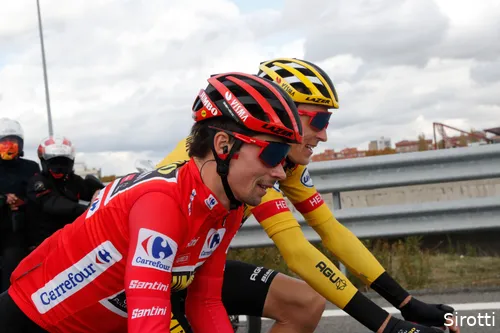
Successful Vuelta years symbolize career
After the coronal stop, the team—Gesink included—flew through the preparation races for the tour, and the crown on the now-experienced rot's career seemed to be set, were it not for the fact that at La Planche des Belles Filles, Pogacar managed to perform a masterpiece. True to Gesink's lesson, Roglic and Gesink recovered by winning the Vuelta.
In 2021, the hunger was only more significant, but the tour ended on a minor note for Gesink: he crashed as early as day three. He had to leave the race with a broken collarbone, only to recover in time for the autumn in which he again played an essential role for winner Roglic. At the same time, the love for cycling - despite all setbacks - remained in full force: every day, he showed from Andorra or elsewhere in the world how beautiful it is to get on the bike.
Yet it was also about performance, and in this regard, Gesink had to swallow a bitter pill in 2022, as Zeeman had to inform him that a place in that year's Tour team would not be in the cards. With Roglic, however, there was a new opportunity in the Vuelta, which started with a team time trial in Utrecht that year. Jumbo-Visma was lord and master on that day, and it was decided that Gesink would be given his moment of glory: he was allowed to cross the finish line first and wear the leader's jersey. It's a nice gesture since Jonas Vingegaard fulfilled the Tour dream of Jumbo-Visma and Gesink just that year.
Later in the tour, Roglic—still battling with Evenepoel for the overall victory—disappeared from the race after a crash, allowing Gesink to show up for a few days in his old role as stage hijacker. On the Alto de Piornal, he seemed to succeed wonderfully, but Eventually, Evenepoel and Enric Mas overtook him in the final phase.
Continue reading below the photo!
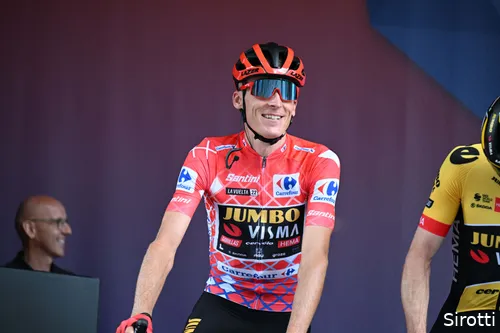
A complete circle after magnificent career Gesink
2023 began with another setback due to a crash at the Tour Down Under that resulted in a broken pelvis, although Gesink made a very nice road trip with his family in the weeks beforehand. Once back in Europe, the focus was mainly on the Vuelta a España, after yet another non-selection to the tour. There, Gesink and Dylan van Baarle were responsible for the moped work and close control in a legendary round. Sepp Kuss, now a good friend of Gesink's, was eventually on the highest spot on the podium, ahead of Vingegaard and Roglic.
Then 2024, the year Gesink knew would be his last. Visma | Lease a Bike had planned to have the experienced rider appear in two significant tours: the Giro and the Vuelta. After a good preparation, things went wrong on day one in Italy, resulting in a nasty crash and a broken hand.
As in so many years, there was always the Tour of Spain, which Gesink worked towards at full speed. Although it was a relatively anonymous tour for the team, the 38-year-old rider knew it was the last time, and it was still a fantastic race. His children were present in the final trial to encourage father Gesink
just one more time so the circle in Madrid was complete in the way he wanted: without too much fuss, but with the right people around him. And now? He is doing what he likes: cycling, enjoying family, and taking beautiful pictures.
Read also
IDL-productions

Why Pogacar’s Strade Bianche crash and Pidcock-chase still feels like a miracle in Tuscany
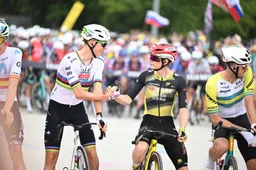
Does the grand Tour succes outweigh the spring struggles? Visma | Lease a Bike had another rollercoaster season
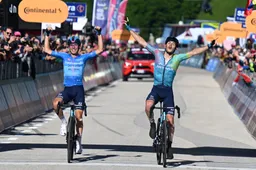
Thanks to a tactical master plan and near-perfect execution, Astana all of a sudden came close to the very best teams
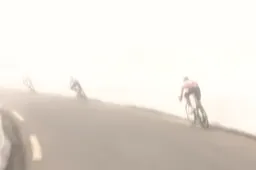
The incredible climbing star who could follow Nibali after Kruijswijk’s crash—but later hit his own limits
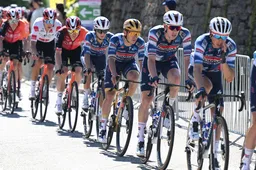
Soudal Quick-Step sees Evenepoel leave to Red Bull, so how sure is a successful 2026 for the team?
Latest Cycling News
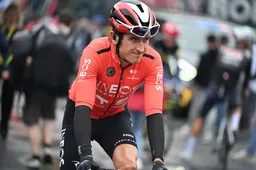
Thomas ready to grab the Pogacar-bull by the horns in new role - as old INEOS mentality goes down the drain

Bruyneel warns ambitious Evenepoel: ‘Stay away from flanders, you’re not Pogacar’
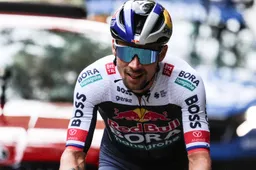
Roglic ready to hunt one more yellow jersey, but will 2026 be his final year? 'Right now, I don't know'
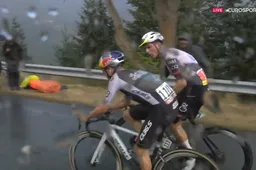
Almeida was critical of Pogacar and looks back at lashing out at Pidcock: "The start of a small relationship"
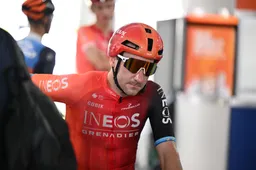
Director of Racing Geraint Thomas makes his mark right away and welcomes back 2 old friends to INEOS
Popular Cycling News
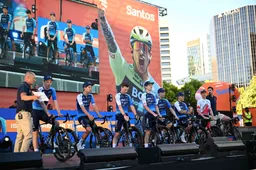
Team NSN free from its demons? Not at all, says Dutch journalist: 'Adams still has very close ties'

Almeida was critical of Pogacar and looks back at lashing out at Pidcock: "The start of a small relationship"

Director of Racing Geraint Thomas makes his mark right away and welcomes back 2 old friends to INEOS
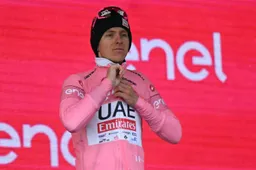
Bold proposal by Tadej Pogačar gets backing from riders’ union within 24 hours
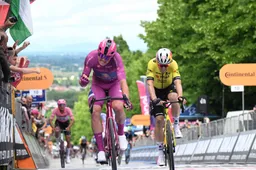
“I’ve broken too many front wheels,” laments Pedersen — regret for younger Mads at Lidl-Trek
Latest Comments
- Pidcock could follow everyone but Pogi while finishing 3rd. No second place rider this season😃Veganpotter16-11-2025
- Now the Palestinian protestors can stop their whining. Trump came to the rescue. So they can now STFU and go back to waving the rainbow flags.raufus15-10-2025
- Cracked the code lol. If it was that easy to 'crack the code' jonny Vegas would be charging up the Kwaremont giving Pog a dose of his medicine. Evenepoel can't match pog on a climb and neither can mvdp. Anything with a half difficult climb and Pog smashes the field. Even on flat(ish)parcours like Roubaix it came down to a mistake and crash by pog to definitively crown mvdp. MSR is the only one that Pog probably won't win.kevpt10-10-2025
- We've seen this movie before. I think Pogacar is doping.DeadBlow10-10-2025
- 👍Bea08-10-2025
- 👌🏻Bea08-10-2025
- What the data doesn't show is how much of an effect drafting had for evenepoel. Pogacar went with del toro at 100km whilst Evenepoel was still in the bunch. Despite the bike changes he still had a lot of assistance getting back to the bunch. Pogacar then rode 60km solo whilst evenepoel rode with Healy/Skjelmose until going solo in thd last 10-15km. Thats ~20% less power / energy requirements for 45-50km. Apples and oranges...kevpt30-09-2025
- 👏👏Bea24-09-2025
- Agreed! As we all know now, Juan Ayuso will be on another team. But it was sweet to see him win the stages at La Vuelta. I do love the drama of cycling admittedly but its clear to see the talent of winners of stages in a Grand Tourryhw2814fq921-09-2025
- Pogacar has no competition he has won everything, I cant imagine even being him in that position!! Crazy. I am sure he has some back up plan for how he wants to spend his retirement years at age 30 onward. Does he like beer? Plenty of innovation in brewing. And you don't have to be super social. Chapeau/Cheers whatever you like Tadej you will do.ryhw2814fq921-09-2025
Loading
